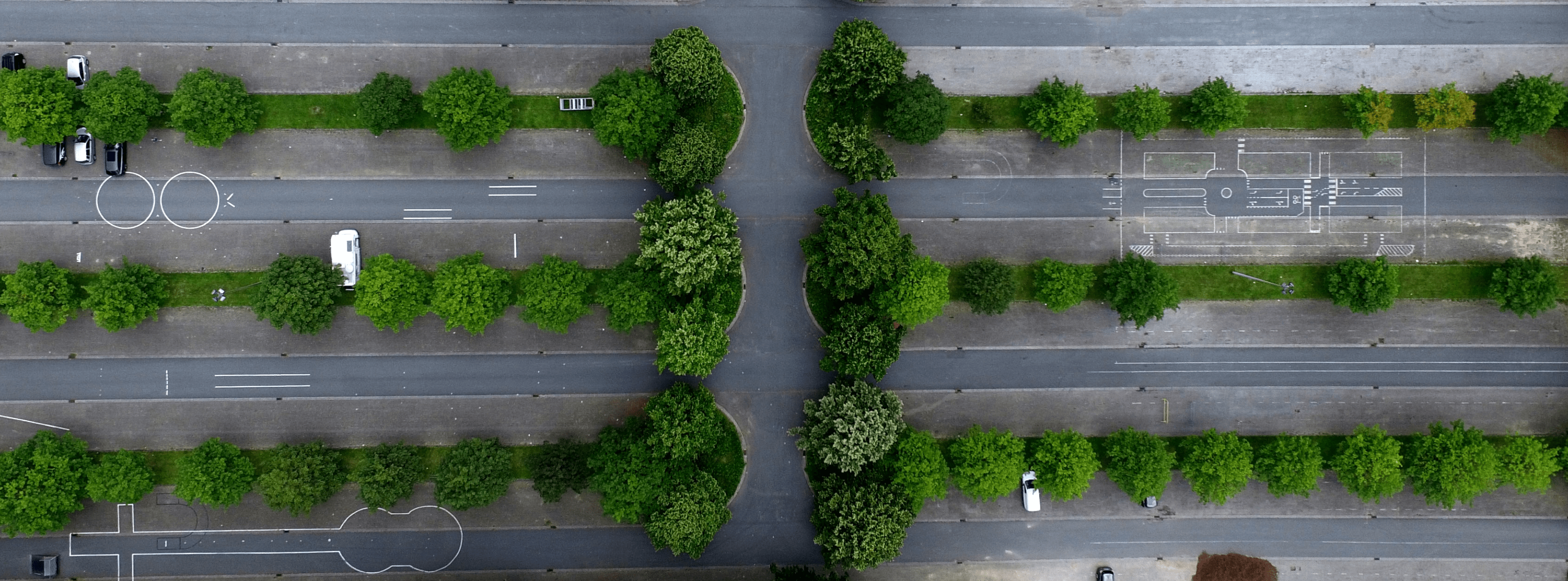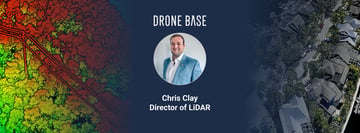There are a couple of technologies which, when used alongside drones, seem almost old-fashioned by comparison.
The first are parachute safety systems, which deploy to prevent heavy (and expensive) drones and their payloads falling out of the sky.
Parachutes have been a mainstay in aviation for decades, but the latest iterations from companies like ParaZero and Indemnis are smarter; designed to connect to a drone’s onboard systems and react a split second after something goes wrong.
The same goes for tethers. It’s easy to see a tethered system in action and think it’s simply a kite-and-string kind of relationship, with the wire in place to stop the drone from flying away.
In reality, the latest tethered solutions are much more sophisticated, opening doors to a range of potential applications.
What is a tethered drone?
A tethered drone is essentially the same as an untethered drone. The only difference is that it’s physically connected to a base unit on the ground.
In some cases this physical link is just a safety feature, holding the drone in place to remove the risk of flyaways.
But the cable or wire can also provide a connection between the drone and a constant power source. On top of power and stability, a live feed of onboard data can be sent down the cable for the team on the ground.
All of this means a tethered drone can fly indefinitely, surveil an area around the clock and gather data for hours or days at a time.
Why are tethered drones useful?
To understand why tethered solutions might be useful, we have to go back to some of the limitations of drone technology today.
The first and most obvious is flight time. The industry-wide flight time ceiling currently sits at around 30 minutes, although there are a few exceptions. This means that drones can’t offer a persistent presence above a scene without a helping hand.
One solution could be to land every half an hour, swap batteries and send the drone back up. But does that really provide the persistence first responders and media teams require above an unfolding incident?
In contrast, a tethered solution offers a consistent presence, whether you’re a police officer ensuring crowd safety at a sporting event or a security team surveilling a sensitive location.
The second benefit to tethered systems is safety. The situations in which a persistent aerial presence are required are usually dynamic with plenty of people around: unfolding emergencies, festivals, crowds - that kind of thing.
Although drone technology has a remarkable safety record, accidents can still happen. When crowds of people are involved, tethered solutions offers an extra layer of security by effectively preventing a flyaway and a loss of control that could cause harm to people or property.
Finally, we have ease of use. Although drones are becoming easier to fly, they still require a degree of experience and know-how from skilled pilots. A static, tethered solution can offer situational awareness at the touch of a button, without the need for a skilled pilot behind the controls.
Combining persistence and safety with all the features and payloads we have come to appreciate from conventional drones gives a powerful solution for when a static presence is needed.
Recent tethered drone news
It seems as though there will always be a market for tethered systems, which explains why some of the industry’s biggest names are exploring the technology.
Earlier this month thermal imaging specialist and DroneBase investor FLIR announced the acquisition of intellectual property, patents and other operating assets from Aria Insights, the company formally known as CyPhy Works.
And it’s easy to see why. Thermal imaging and tethered drones can combine for all sorts of applications.
There was also some tethered drone-related news at DJI’s AirWorks conference last month, where Singapore startup Volarious launched the V-Line, a portable tether system designed to keep DJI’s Mavic 2 drones in the air for hours at a time.
Back in April, Switzerland-based Fotokite released a tether system designed for firefighters. The aim is to provide situational awareness from above at the push of a button.
We can expect more product innovations in this space as regulations continue to develop and more industries adopt drone technology over the use of traditional manned aircraft. There’s always going to be a need for a persistent eye in the sky.
You can read more about how drones are supporting the work of first responders, here.





